Opinions on plants for new front yard design
jenn
14 years ago
Related Stories

DECORATING GUIDESNo Neutral Ground? Why the Color Camps Are So Opinionated
Can't we all just get along when it comes to color versus neutrals?
Full Story
INSPIRING GARDENSNative Plants Bring 10 Southern California Front-Yard Gardens to Life
Rare plants, rain gardens and wildlife habitats are just a few of the features showcased on the 2016 Theodore Payne Native Plant Garden Tour
Full Story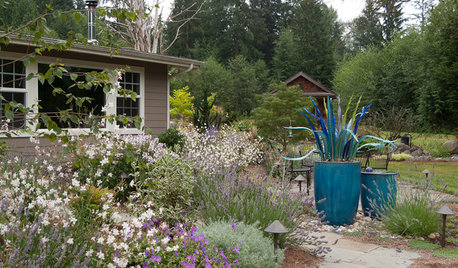
GARDENING GUIDES5 Easy Plants for a Romantic Entry Garden
Abundant flowers, a heady fragrance and striking foliage combine for a romantic front-yard garden that's deceptively low maintenance
Full Story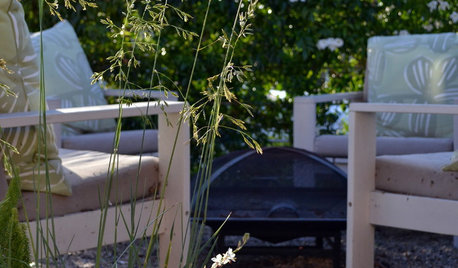
FRONT YARD IDEASMeet a Front Yard Designed for Gathering
Hanging out with neighbors comes naturally in front of a Southern California home, thanks to comfortable zones and beautiful plantings
Full Story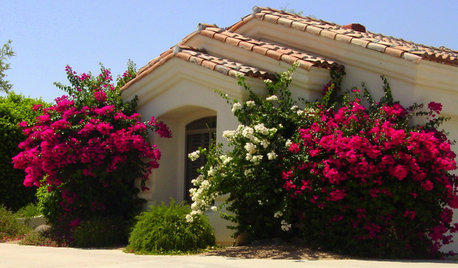
LANDSCAPE DESIGNGreat Design Plant: Sun-Loving Bougainvillea Showers Yards With Color
Bring unbeatable vibrancy to a garden or wall with this unfussy and trainable shrub packed with colorful bracts
Full Story
FRONT YARD IDEAS10 Ideas for a Front-Yard Edible Garden Your Neighbors Will Love
Choosing attractive, well-mannered plants and sharing the bounty will go a long way toward keeping the peace
Full Story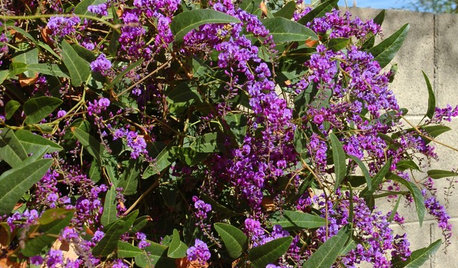
GARDENING GUIDESGreat Design Plant: Lilac Vine for a Purple Profusion in Winter
Grow this pretty, hardy vine on a fence or as a ground cover for blooms throughout the colder months
Full Story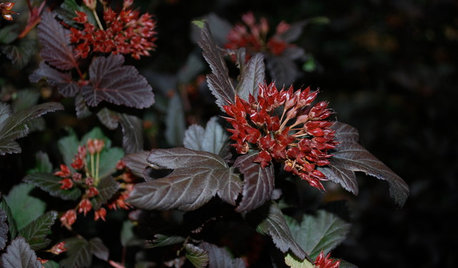
LANDSCAPE DESIGNGreat Design Plant: Sun-Loving Ninebark Puts on a Color Show
This tall, dark and handsome native shrub is equally at home in jeans and boots or in a suit and tie
Full Story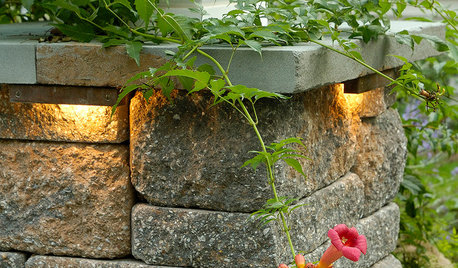
CURB APPEAL8 Effective, Beautiful Lighting Types for Front Yards
Increase safety and security while highlighting plants and other landscape features, using the right mix of outdoor lights
Full Story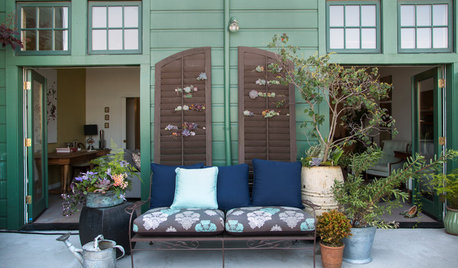
URBAN GARDENS9 Creative Ways With Plants, No Yard Required
See how designers and homeowners cleverly incorporate container gardens into their home designs
Full Story





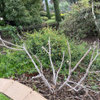
gardenguru1950
jennOriginal Author
Related Professionals
Wrentham Landscape Architects & Landscape Designers · Ilchester Landscape Architects & Landscape Designers · Brockton Landscape Contractors · Cicero Landscape Contractors · Hendersonville Landscape Contractors · North Plainfield Landscape Contractors · Oviedo Landscape Contractors · Whittier Landscape Contractors · Antioch Landscape Contractors · Palos Heights Landscape Contractors · Emeryville Window Contractors · Leicester Window Contractors · Sherman Oaks Window Contractors · Snoqualmie Window Contractors · Security-Widefield Window Contractorsgobluedjm 9/18 CA
hosenemesis
hoovb zone 9 sunset 23
jennOriginal Author
gobluedjm 9/18 CA
jennOriginal Author
gardenguru1950
jennOriginal Author
wanda
jennOriginal Author
gobluedjm 9/18 CA
bahia
socks
jennOriginal Author
chadinlg Zone 9b Los Gatos CA
gardenguru1950
jennOriginal Author
queerbychoice
Lydia Lee